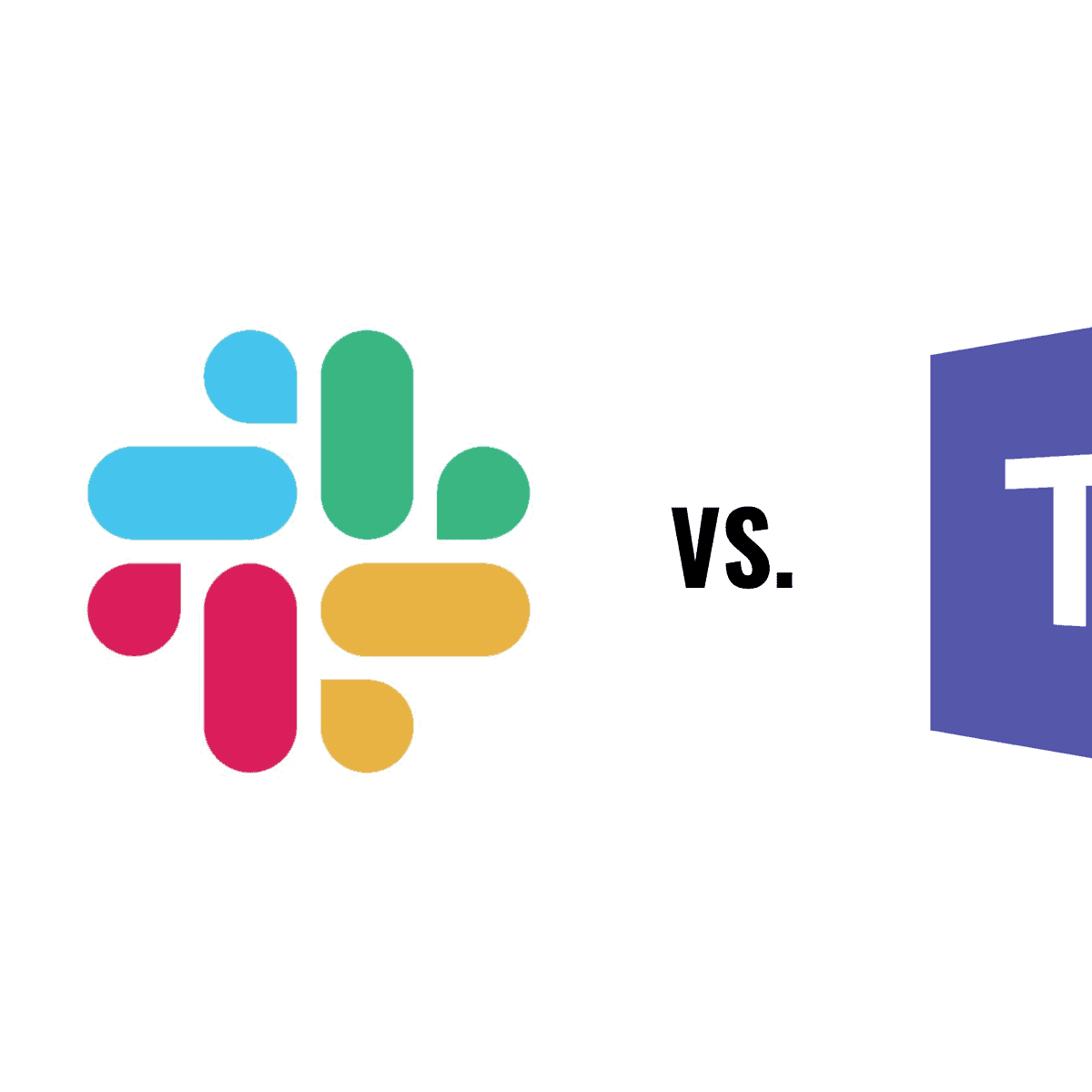My first post in this series compared IT Staff Augmentation and Software Outsourcing to set the table for a conversation about the pros and cons of both models. Then, we looked at the pros and cons of IT Staff Augmentation model. In this post, I will do the same exercise for Software Outsourcing projects. It’s important to remember the distinction between the two options in order to make the right decision for your firm and your software development needs.
SOFTWARE OUTSOURCING
Outsourcing a project means that an experienced, external software engineering team will directly handle and develop your technology needs without any members of your staff dedicated to the problem. Working this way, your company sets the expectations of the project’s delivery in terms of time, budget and quality, while liberating your resources from project management, scrum meetings, and performance reports.
This methodology can be on a per-project contract or for a determined amount of time, allowing flexibility to focus your teams on other projects.
Pros
Reduce Training Time
At Unosquare, we handle the technical training of outsourced teams. We are focused on delivering your project according to your specifications and will secure the skills and resources necessary to complete it.
The training will also include the adoption of the most up to date software development best practices. If your company does not have the time or resources to scale that type of education, it’s best to leave it to the experts.
Reduce Costs
All overhead costs, such as recruiting, hiring, benefits, and hardware, are the outsourcing company’s responsibility.
Additionally, depending on the scope of your project and its requirements, team size can vary over the course of a project and that not only effects cost but can take precious time. An outsourcing firm is inherently more flexible with adding and removing team members, depending on the project needs. Ensuring that increasing and/or decreasing team size is part of your Statement of Work from the start makes the process seamless and simple.
Overcome Internal Processes
If your company is undergoing rapid changes, such as in a startup scenario, your internal processes may not be well defined. In this case, outsourcing a project is the best option because it avoids integrating or creating processes and documentation that can complicate matters and slow things down.
Reduced Risk
The outsourcing company takes on the risks regarding the completion of the project. However, it is critical to tightly define the requirements and design of the work to be done and provide a road-map for the project. When you outsource a project, the risks associated with ownership of the development team are greatly reduced.
Cons
Reduced Control
Outsourcing will handle all the details for you, but this means you’ll lose granular control of how the project is being developed or managed. While you reduce risks associated with development team ownership, the roadmap and timeline you create with your vendor need a very high degree of precision and the outsourced team needs to be completely on board with expectations.
Adoption Resistance
When outsourcing a project, an existing team might feel threatened and think it means there will be job cuts. There might also be morale issues or resistance to adopt the new projected the outsourcing model in general. As I pointed out in my previous post, staff augmentation can alleviate these concerns because your staff would be involved in selecting team members, providing training and are aware of their role in supporting new team members.
Finding a Quality Provider
It seems simple enough to have someone else develop your project. However, finding the right outsourcing partner with the required quality, competencies, and experience can be hard. Set expectations before you start looking for a provider, ask the right questions, and consider the benefits of a nearshore option to avoid late night meetings, language barriers and time zone coordination problems.
Increased Cost
Cost is always a factor. Depending on the size of the project, smaller projects can often be more cost-effective when handled with staff augmentation than project outsourcing.
Also, make sure you have a clear agreement on how many team members you will need and that you will have direct access to your outsourced team. Communication delays can get expensive.
THANK YOU
Thanks for reading this series of posts. I hope I have helped clarify the key differences and benefits of staff augmentation and outsourcing. If you have any further questions or comments, I’d be glad to continue the conversation.


